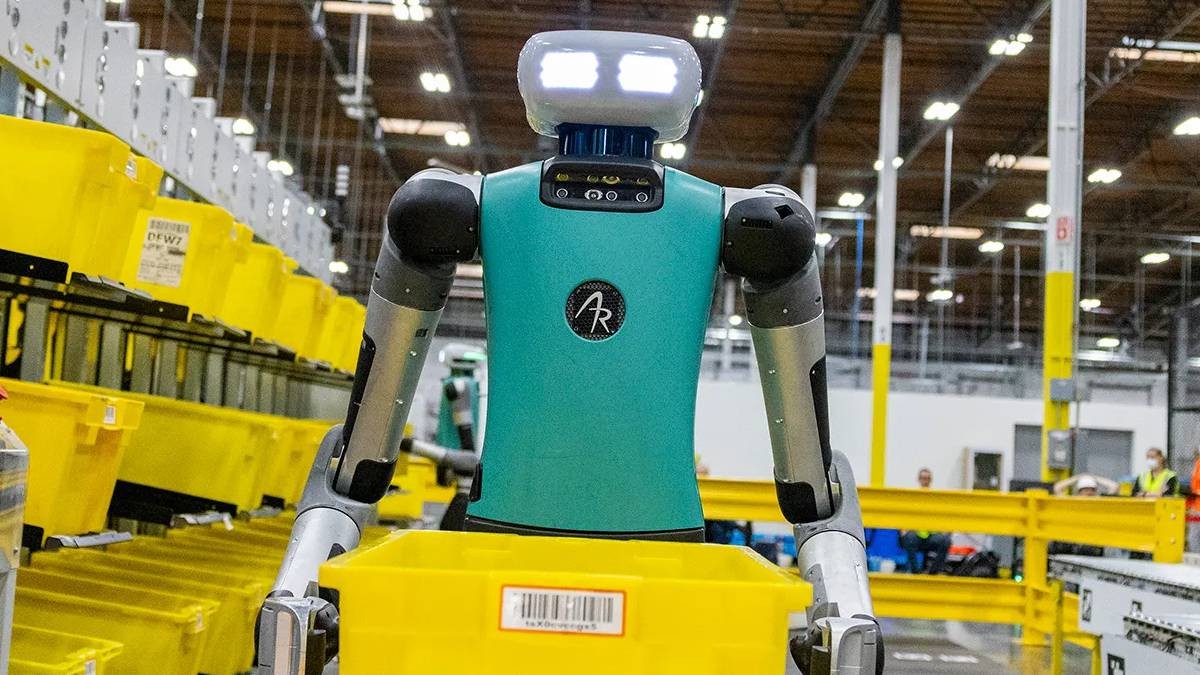
Amazon has reached a historic milestone in its automation journey, deploying over 1 million robots across its global warehouse network. This development marks a significant shift in the company’s operational model, with robots now nearly matching the number of human workers in its fulfillment centers.
The e-commerce giant began its robotics push in 2012 with the acquisition of Kiva Systems. Since then, it has steadily expanded its fleet, introducing advanced machines like Hercules, Pegasus, Proteus, and the latest addition, Vulcan—a robot equipped with a sense of touch to handle delicate items more precisely.
According to Amazon, 75% of its global deliveries are now assisted by robots in some capacity. These machines handle tasks ranging from picking and sorting to transporting and packaging, significantly reducing the physical burden on human employees. CEO Andy Jassy acknowledged the shift, stating that while robots make jobs safer and more efficient, “there will be fewer people doing some of the jobs” that automation can now handle.
This trend is already visible. A recent analysis by The Wall Street Journal revealed that Amazon averaged 670 employees per warehouse in 2024—the lowest in 16 years. However, the company emphasizes that automation has also created new opportunities. Over 700,000 employees have been upskilled to manage and maintain robotic systems, often earning higher wages than in their previous roles.
To further enhance efficiency, Amazon has introduced DeepFleet, a generative AI model that optimizes robot movement across warehouses, improving travel time by 10% and reducing delivery costs.
While the rise of robots has sparked concerns about job displacement, Amazon maintains that its goal is to augment human labor, not replace it entirely. As the company continues to evolve, its fulfillment centers are becoming a model of human-machine collaboration—faster, smarter, and more efficient than ever before.
